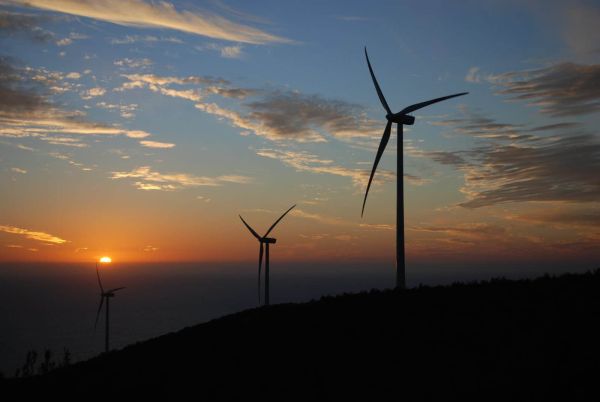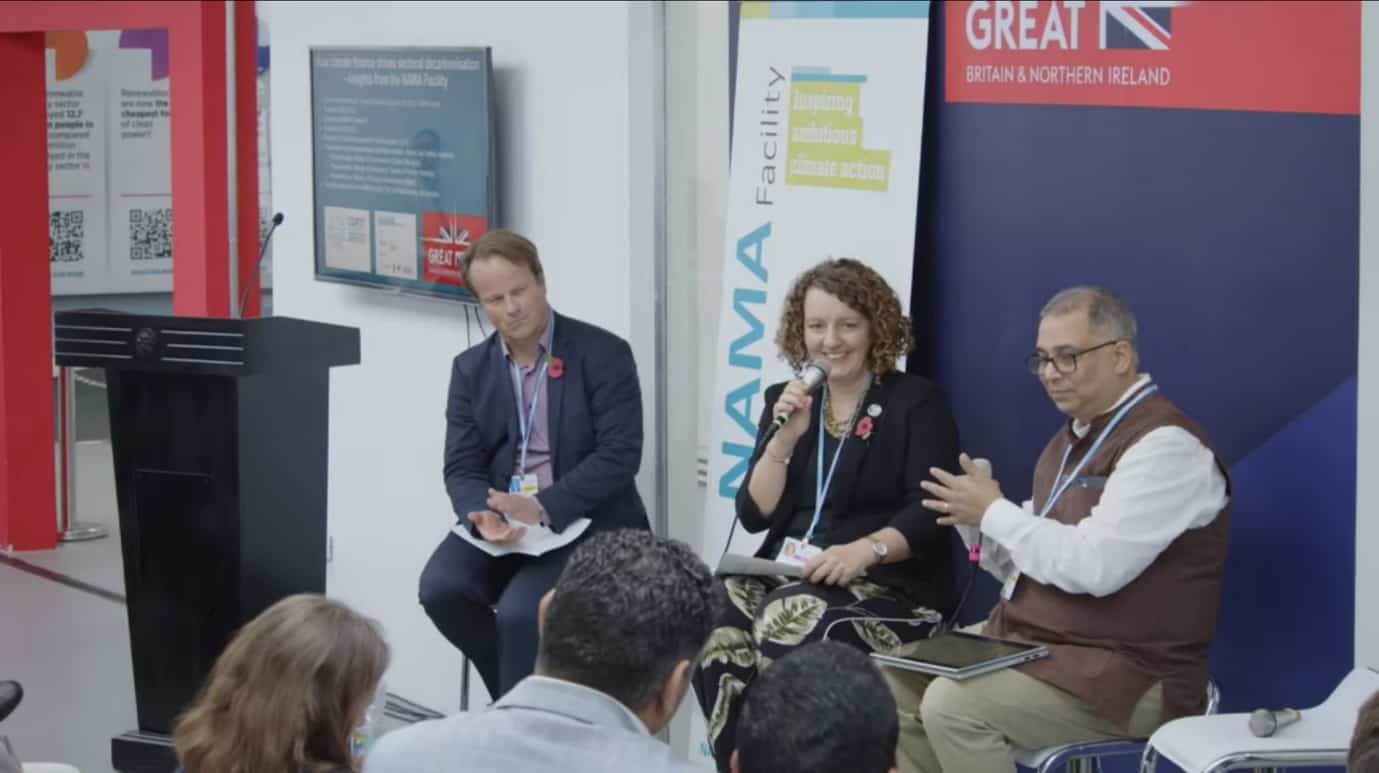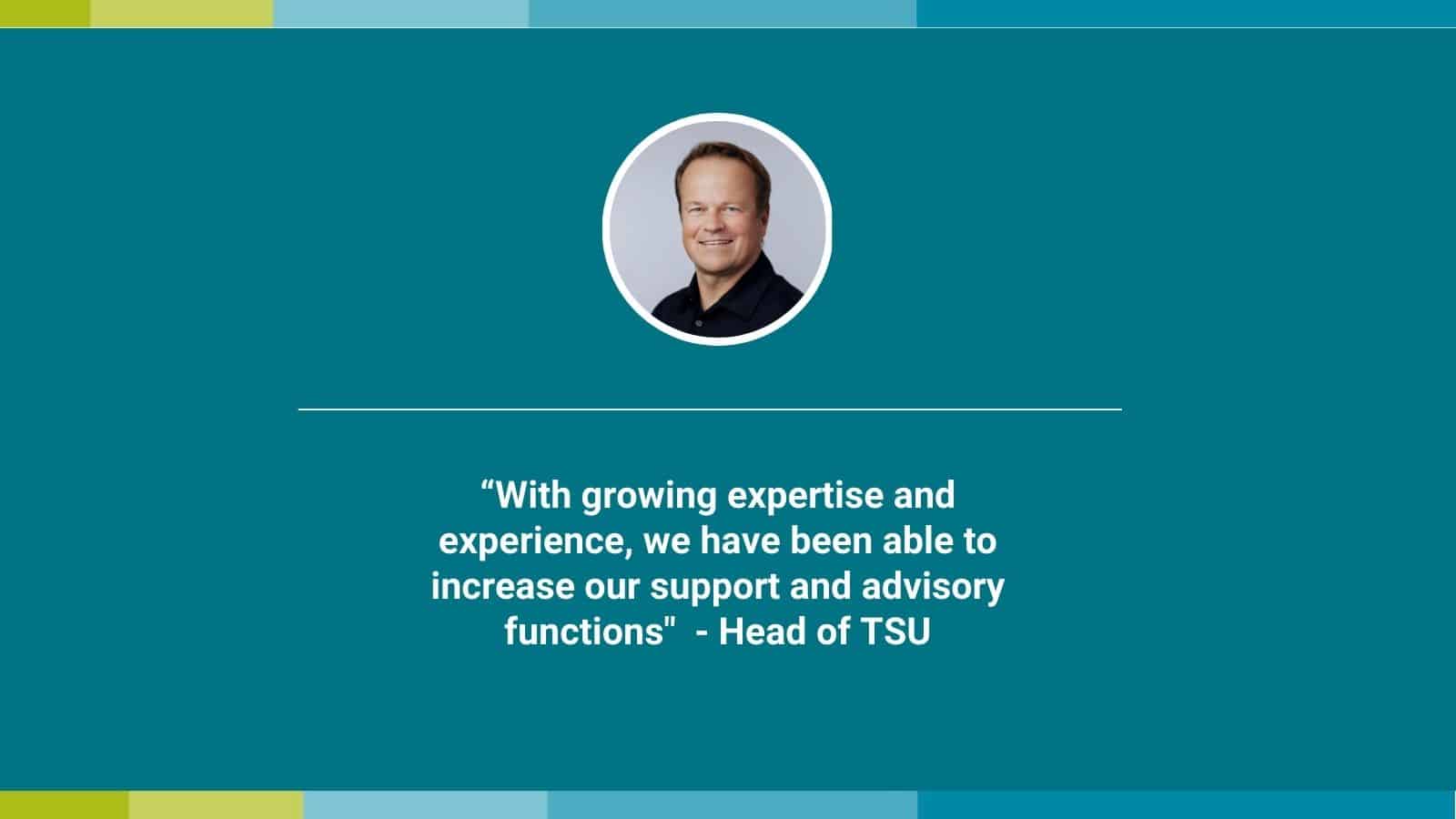NAMA Facility, future Mitigation Action Facility, celebrates ten years in climate finance

To celebrate its 10th anniversary, the Technical Support Unit (TSU) of the NAMA Facility interviewed the Head of TSU and invited “Friends of the NAMA Facility” to share reflections in this video.
The Head of the Technical Support Unit, Dr. Sören David, provides his reflections on the past, present and future, as the NAMA Facility, future Mitigation Action Facility, reaches a major milestone as a key player in climate finance and mitigation.
The NAMA Facility celebrates a decade of engaging in climate finance through open, competitive Calls and supporting project development in developing countries and emerging economies – what have been some ground-breaking moments in this ten-year journey?
There are few moments in time, or rather, developments over years, that come to mind:
It has been great to see how we have systematically opened up the Facility to a broader range of implementers. To be more specific, going beyond German organisations in order to include smaller applicants and project implementers that are based in developing countries! It was always envisaged to attract such applicants, but in reality, we have mainly had the Deutsche Gesellschaft für Internationale Zusammenarbeit (GIZ) and KfW as protagonists of projects up until 2016. The diversity of implementers we are seeing today in our portfolio demonstrates how successful we have been in this regard. This adds a lot of value in terms of the projects we have selected.
Secondly, we have learned over time that apart from ensuring investment, triggering behavioural change is a main lever to foster climate-friendly development. This might appear somewhat trivial, but if you apply this lesson systematically at stages of project development and project selection, the design of projects benefits a lot.
Ultimately, the main appeal of the Facility is the growing and maturing project portfolio – to see more than 40 projects develop over time in such a variety of countries and sectoral contexts is such a rewarding experience!
What are some recent successes in the project portfolio?
Once again, I think the sheer number and diversity of ambitious, yet feasible projects is what helps the Facility stand out.
Without naming any particular projects, it is simply impressive to work together with outstanding individuals in partner countries that have been developing and then implementing projects – such champions make the difference! On an institutional level, the same applies to certain development finance institutions and utilities on national and even sub-national levels of government. Their enhanced capacities will be extremely important as further climate finance opportunities arise and require capacities to be properly absorbed.

What are your reflections on the change in the NAMA Facility’s future direction to the Mitigation Action Facility, as announced at COP27?
First of all, we now see the results of a year-long process of common reflections with our Donors based on enquiries with applicants as key stakeholders and government representatives alike. The process was not easy but ultimately, I think our Board has taken wise decisions in terms of striking a balance between continuity and foresight where applicants need it as well as new features to ensure a further evolution of the Facility to become even more efficient and high impact in terms of project implementation.
For example, further refining the way we are selecting projects with the introduction of a new competitive application stage preceding the submission of project Outlines is a key innovation through which we seek to attract many more applicants. We are convinced that it will encourage applicants to present project concepts, as they would otherwise struggle to establish the required set of documents in the first place. Thus, we will now have the opportunity to select from more promising project concepts and also support their further development at the Outline stage!
At the same time, we as the Technical Support Unit (TSU) are encouraged by our Board to advise applicants earlier on in the process, as compared to before, to share our insights and experience from the portfolio.
Finally, the slightly reduced focus on key sectors for this new Call, including energy, transport and industry, presents the opportunity to further increase the Facility’s impact and relevance within climate finance and international development.
When did you join the NAMA Facility as Head of the Technical Support Unit (the NAMA Facility’s portfolio manager) and what has surprised you most over time?
I have now been with the TSU for more than 6 years – an incredibly long period of time for me and certainly a display of how much I have liked the work so far. What I found most surprising was the level of agility that our Board has shown in terms of developing the Facility – we have had so much room for creativity and evolution to further shape and design it to best achieve its key functions: efficiently sourcing, developing and implementing innovative projects to drive decarbonisation!

How has the work of the Technical Support Unit and its staff evolved over time?
Ten years ago, the TSU started off with less than a third of the staff compared to the fifteen people we are now. With growing expertise and experience, we have been able to increase our support and advisory functions – both to our Board and to project developers and implementers. I think this has also been profoundly necessary as the complexities of project development and implementation have increased substantially: From Appraisal Phase to Detailed Preparation Phase (DPP), with the introduction of a phased DPP as well as a phased implementation – wherever you look, we have been adding intricacies that require more advice. I think we have by now reached a level of maturity in our systems that is well-suited to serve the interest of all stakeholders, but we must also proceed carefully to avoid adding further complexities as we move along. Otherwise, we will discourage project developers from coming to us and lose speed and momentum when it comes to decision-making processes and project implementation.
I have always been keen to promote the diversity of our team. This is one of our assets! And thus, we by now have more foreign than German nationals working with us. Our team members speak a total of eleven languages, which certainly helps us in this international field of work. We welcome team members from different gender identities, cultures, and socio-economic backgrounds to come work with us to achieve a good balance in the team!
Check out the video with testimonies from the Friends of NAMA Facility.
The NAMA Facility is a joint initiative of the German Federal Ministry for Economic Affairs and Climate Action (BMWK), UK Department for Energy Security & Net Zero (DESNZ), the Danish Ministry of Climate, Energy and Utilities (KEFM), the Danish Ministry of Foreign Affairs (MFA), the European Union and the Children’s Investment Fund Foundation (CIFF).
